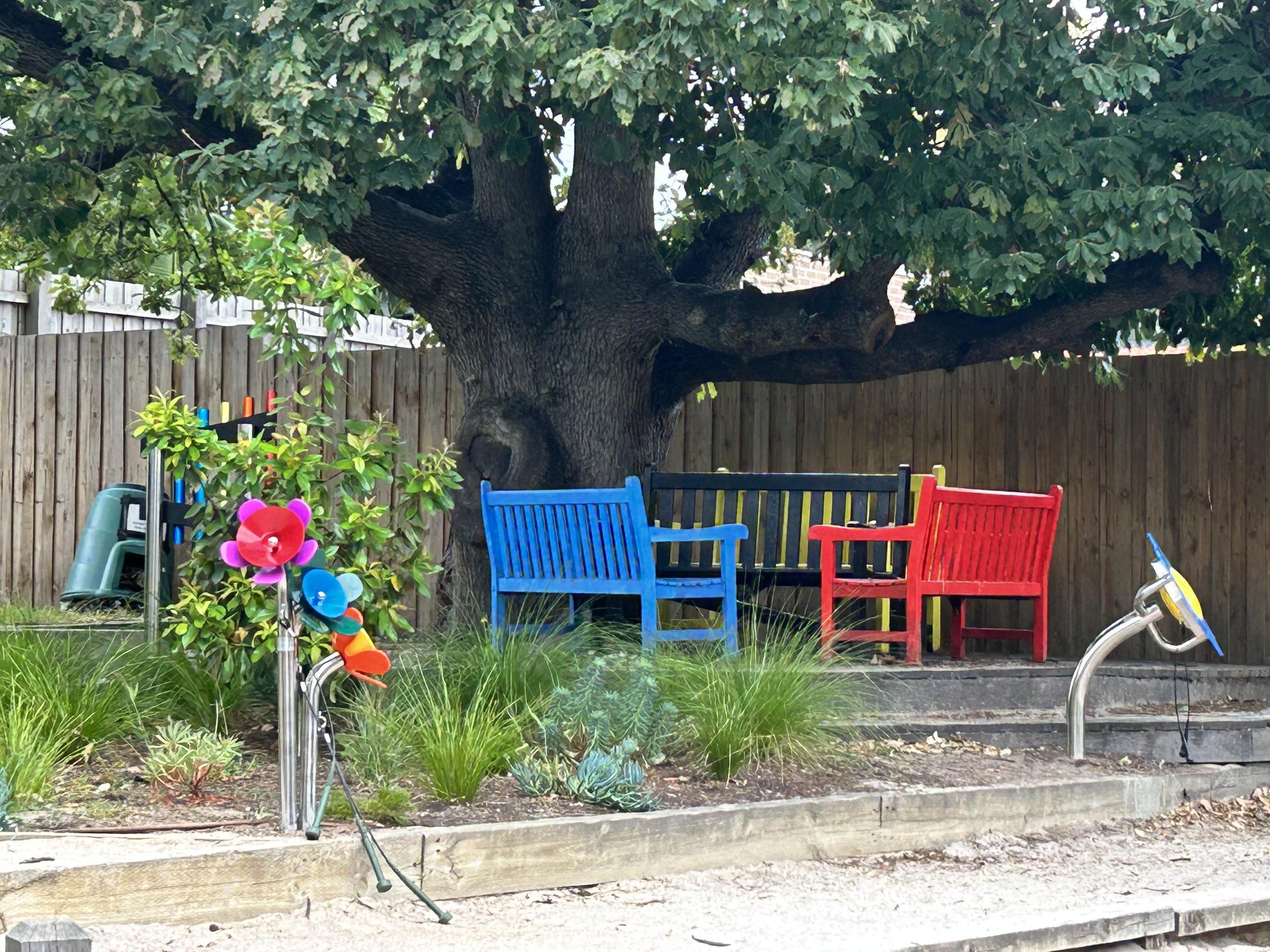Wellbeing
Madeleine Paslis | Wellbeing Learning Specialist

Wellbeing
Madeleine Paslis | Wellbeing Learning Specialist
Emotional Management
The Visible Wellbeing SEARCH framework helps us to better understand what contributes towards our wellbeing. Staff and students throughout the second half of Term Two are more deeply engaging with the principles which underpin Emotional Management.
As we come to learn more about our emotions we see how they serve as the messages which require us to adapt and respond to the world around us. When we analyse which parts of the brain are key players in this we look at both the Amygdala and Prefrontal Cortex.
The Amygdala plays a critical role to either fight, flight or freeze when responding to a situation. When we are stressed, anxious or worried it responds in a way to help keep us safe. However, when we are calm and regulated we look towards the work performed by our Prefrontal Cortex. This part of the brain works hard to help us make decisions, learn and problem solve when faced with a challenge. The relationship between these two brain parts can be explained to children through a helpful hand gesture as seen below. You could help your child by reinforcing this key teaching at home.


Due to the close relationship between these two brain parts, we learn that our emotional state deeply influences our capacity to learn. Therefore it is essential we continue to model our use of emotional vocabulary that children can come to understand and articulate themselves.
Another terrific suite of resources which can assist when teaching our children about the brain and emotions is the Kids Helpline website. Here they break down the brain into three sections which can be easily understood by children- Thinking, Survival and Emotional Brain.


An exciting upcoming experience will be had for Year Two students later this term through the online incursion ‘Lets Talk About Emotions,' facilitated by The Kids Helpline. The students will learn about: normalising all emotions, developing greater vocabulary for feelings, learn coping strategies for emotional moments and what body clues can be determined as warning signs for us.